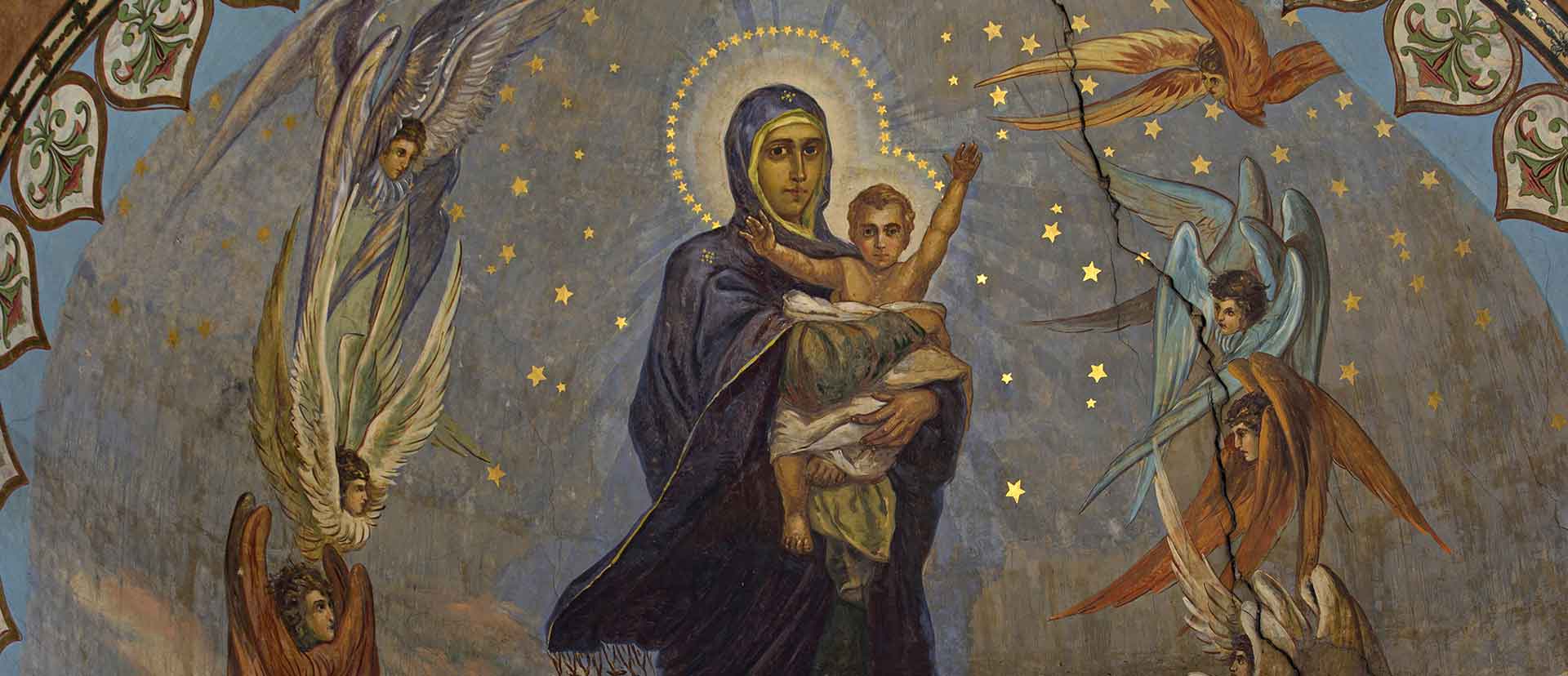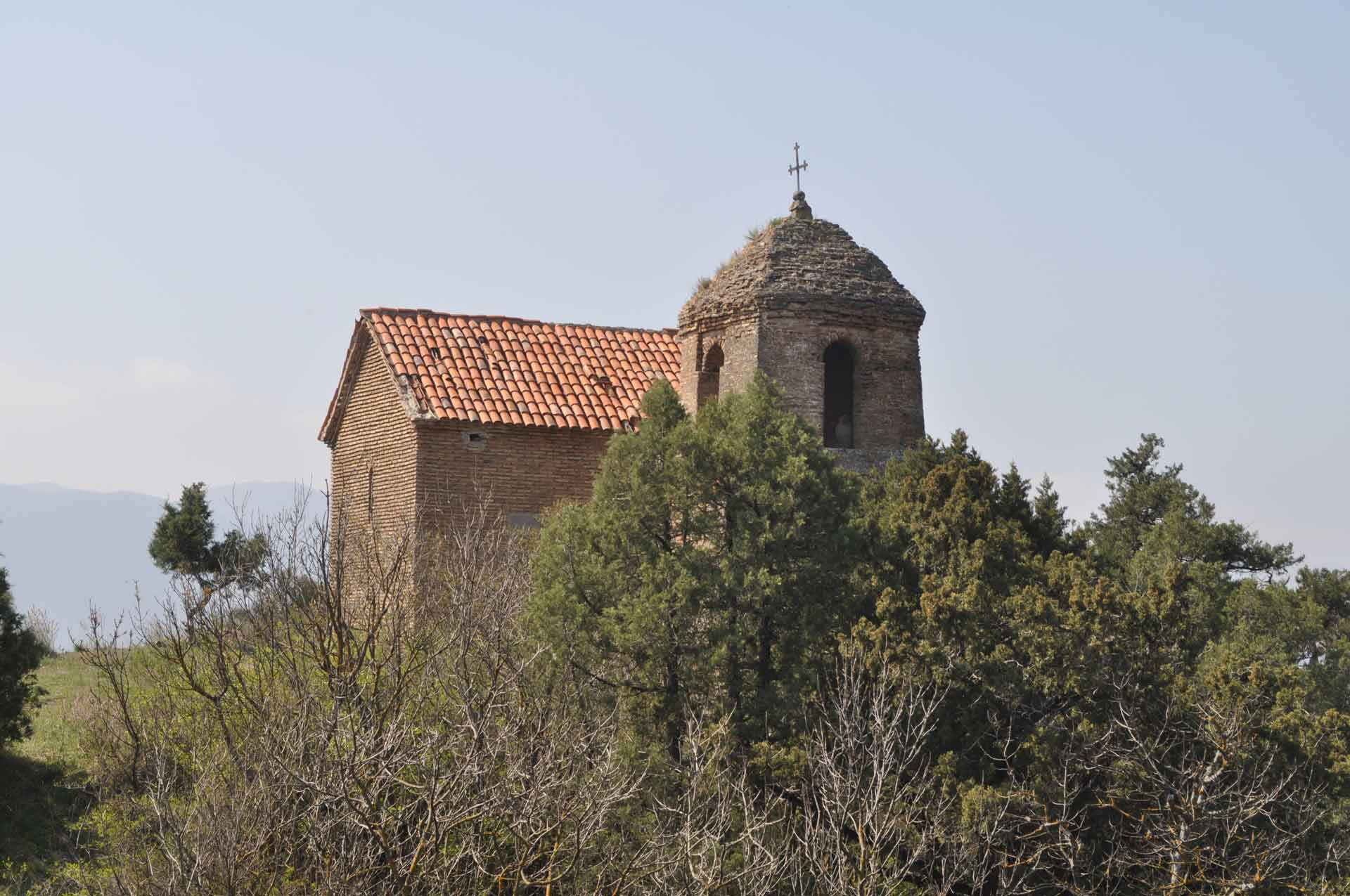
Feel free to add tags, names, dates or anything you are looking for


Shiomghvime Monastery is set among the mountains in a picturesque ravine, 10 km west of Mtskheta. Its history dates back to the mid-sixth century when St. Shio, from the group of monks known as the “thirteen Syrian Fathers,” settled here. Several years later a community of monks gathered around him, which led to the foundation of a monastery. St. Shio himself continued to live nearby, but spent the last two years of his life and was ultimately buried in a dark cave located in the middle of the monastery, which was subsequently named Shiomghvime ("the Cave of Shio”).
.jpg)
General view of the monastery
Standing in the middle of the monastery complex, the Church of St John the Baptist is the oldest building at Shiomghvime. Constructed in the 560s or 570s during St Shio's lifetime, it follows the "free cross" plan typical of Georgian architecture from that period. A low octagonal drum erected over the central square bay is crowned with a domical vault. On three sides (apart from the west), the church is half-buried in the ground. Its façades are smooth, without any adornment.
.jpg)
Church of St John the Baptist
Throughout the Middle Ages, chapels and subsidiary rooms were added to the church. To the west, a long aisle was built in the late eleventh century above St Shio’s cave, with his grave at the centre. The cave tapers to the top and opens in a hole made in the aisle floor.
.jpg)
Aisle to the west of the church with a canopy above the hole to St Shio’s cave
Shiomghvime Monastery was always favored by Georgian church authorities and the royal court. In the 1010s, Catholicos Melchisedec installed an altar screen in the Church of St John the Baptist. The sculptural decoration on its panels is among the most outstanding examples of Medieval Georgian art, and the screen is now kept in the Georgian National Museum. King David the Builder (1089-1125) gave generous financial support to the monastery, and in a special decree, stipulated the inviolability of its rights and properties.
.jpg)
Church of St Mary
King David also built the Church of St Mary at the monastery – a cross-domed brick structure with a projecting apse to the east. It collapsed in the late Middle Ages, and was rebuilt in the eighteenth century as a domeless basilica by representatives of the local noble family Amilahvari. In the 1890s, Bishop Alexandre Okropiridze renovated the Church of St Mary. The interiors of both churches were also painted on his order.
.jpg)
Caves in the cliffs around the monastery
The large refectory standing in the southern part of the monastery was built in the twelfth century and restored in the 1730s. In the steep slopes and cliffs surrounding the monastery there are more than a hundred caves, which were once inhabited by monks. At present most of them are inaccessible.

Church of the Ascension of the Cross
The Church of the Ascension of the Cross, located about a kilometer to the south-east of Shiomghvime, is a simple single-nave structure with a bell-tower built on its northern wall. The church is worthy of note for its interior murals, which were painted in the mid-thirteenth century.